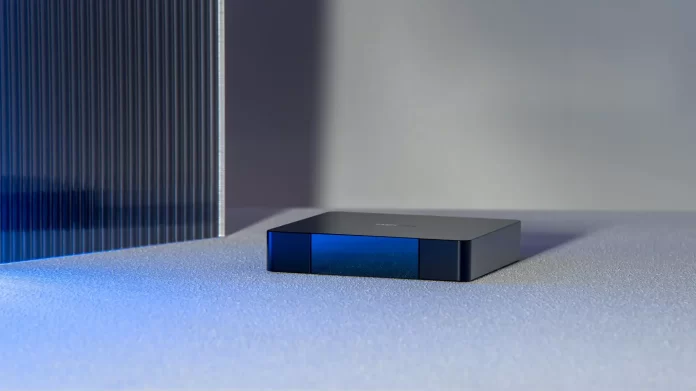As autonomous driving continues to revolutionize the automotive industry, sensor technologies have undergone unprecedented advancements. One innovation standing out is Light Detection and Ranging (Lidar). Utilizing laser light to measure distances and create precise 3D maps of surroundings, Lidar has emerged as a game-changer in perception capabilities, especially for the automotive industry.
With roots tracing back to the invention of lasers in the 1960s, Lidar’s journey gained momentum in the 2000s with the development of 3D Lidar systems. These systems, equipped with advanced beam steering mechanisms, offer unparalleled advantages over traditional sensing technologies such as cameras, radar, and ultrasonic systems. By providing high-resolution 3D point clouds and accurate range detection, Lidar enhances safety and perception capabilities.
Stepping into 2024, Lidar adoption has reached new heights, with widespread recognition across various industries. While its initial integration into the automotive sector aimed to address the limitations of existing sensors, recent research suggests a shift in adoption trends.
Tier 1 and Tier 2 companies approach Lidar adoption differently. Tier 2 companies focus on technology advancement and performance improvement, while Tier 1 companies prioritize factors with more considerations for commercialization and scalability.
Although Lidar’s initial appeal lies in its unique value propositions compared to existing sensors, the current and near-future adoption in the automotive industry tends to be driven by factors beyond performance. OEMs are opting for Lidar systems that align with market demands and technological advancements, balancing benefits like trend alignment, positive promotion, and hardware readiness for future updates. One example is the adoption of beam steering technology.
The development and innovation of beam steering technology in lidar systems has been one of the major focuses of various start-ups and major players, with four main technologies dominating the field: Mechanical, MEMS, Optical phased array (OPA), and Flash. Initially, 360° mechanical rotating lidars were prominent, especially in the development of Robotaxi. However, their high cost and reliability issues limited their use in the automotive industry. Semi-solid or hybrid mechanical beam steering technologies, such as rotating mirrors, MEMS, and prisms, are gaining traction, with some products meeting automotive grade standards.
Among these, rotating mirrors are favored by Tier 1 and OEMs for their reliability and cost-effectiveness. MEMS, although facing challenges like irregular point clouds and reliability concerns, is still selected by some. Flash lidar is popular for short detection ranges, while OPA is seen as a promising future direction. However, practical adoption prioritizes readiness over potential in the current landscape at the moment and also in near future adoption.
Amidst this landscape, Lidar performance remains crucial, but other factors like cost-effectiveness, reliability, supply chain efficiency, and ease of integration take center stage. These factors not only influence technology choices but also pave the way for a future where Lidar continues to evolve and shape industries beyond automotive.

